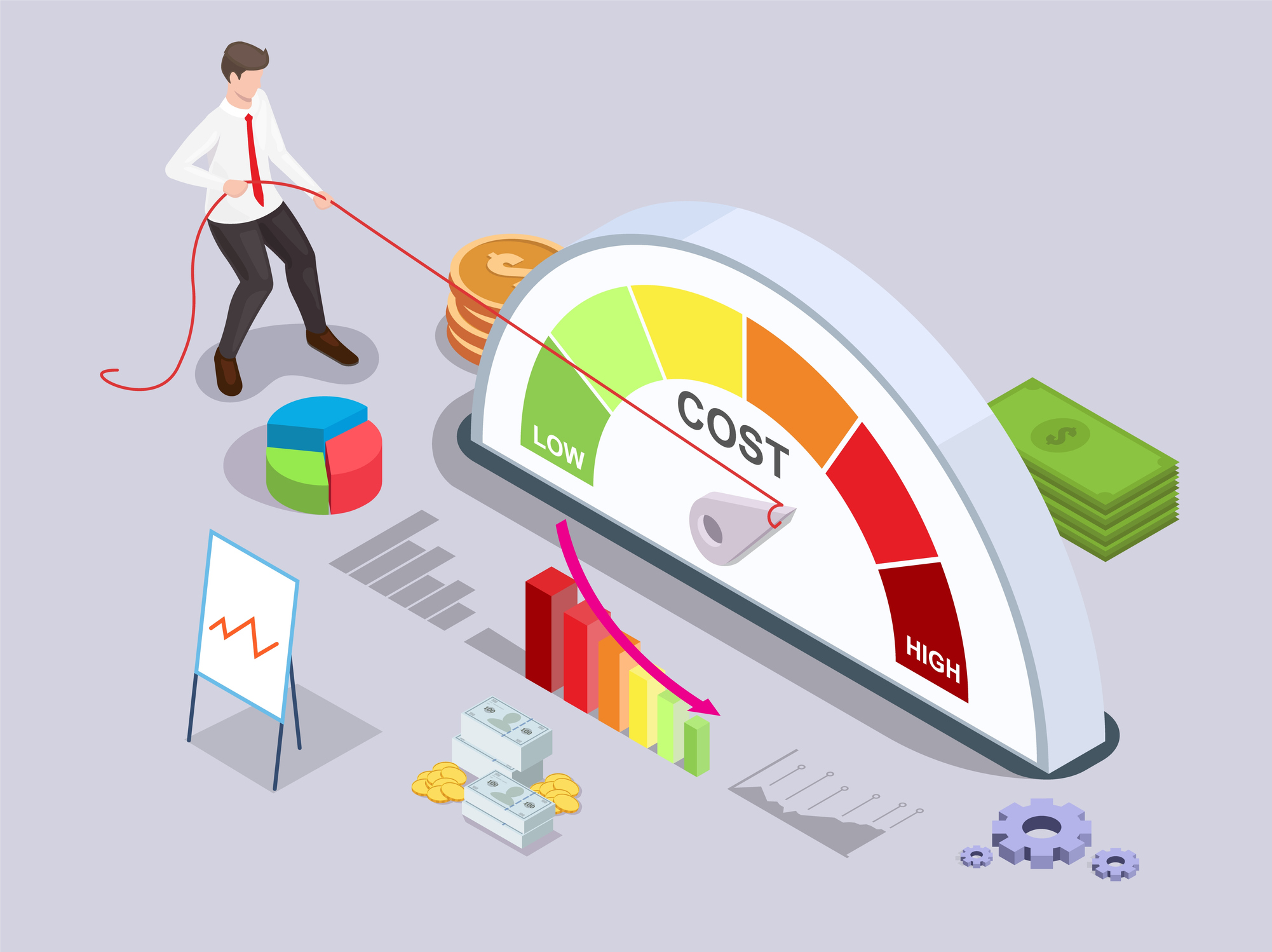Your cart is currently empty!

Will Price Controls Save Us?
Or are They Another Tool of Our Destruction?
In times of economic uncertainty, particularly during periods of inflation, governments often resort to price controls as a means of stabilizing the economy. However, enacting price controls in response to inflation instead of addressing the macroeconomic factors that are currently driving inflation can exacerbate the problem. This approach may lead to unintended consequences, including further reducing the currency’s value and edging out small business owners and landlords who are left unable to adjust their revenue to accommodate the over-regulation that large corporations are often able to avoid.
Price Controls and Inflation: A Self-Defeating Strategy?
Price controls, while seemingly a quick fix to inflation, often backfire by creating shortages and distorting the market. As John Lott explains in Price Controls and Economic Distortions, “Price controls disrupt the balance between supply and demand, leading to artificial shortages that can worsen the very inflation they were meant to combat.” This disruption can have a cascading effect on small business owners and landlords who operate on much thinner margins than large corporations. When these small players are unable to adjust their prices in response to rising costs, they face financial strain that can force them out of business.
Large corporations, on the other hand, often have the resources and political connections to navigate or even bypass such regulations, allowing them to maintain their profitability while smaller competitors are squeezed out. This dynamic creates an economic atmosphere ripe for further consolidation, as small business owners are compelled by government regulations to liquidate their assets, thus relinquishing market share to larger entities.
Neoliberal Policies and Economic Consolidation
This phenomenon exemplifies a significant issue with the implementation of neoliberal policies. As David Harvey outlines in A Brief History of Neoliberalism, “Neoliberalism, despite its rhetoric of minimizing state intervention, often leads to increased government control in certain areas, particularly when attempting to address perceived inequalities.” In the case of price controls, the government’s attempt to regulate prices can lead to further complications, as the market’s natural mechanisms are disrupted, and the very inequalities the policies aim to address are often exacerbated.
Moreover, the unintended consequences of these policies are not merely economic. As small businesses and landlords are pushed out of the market, the economy becomes more centralized, with fewer players controlling larger portions of the market. This shift towards economic consolidation is not just a byproduct of neoliberalism but a characteristic feature of its implementation, as Harvey suggests. The consolidation of economic power in the hands of a few mirrors the historical processes that have led to forms of neo-feudalism, where economic and political power is increasingly concentrated among an elite class.
The Path to Corporatism: A Historical Perspective
The danger of such consolidation is not merely theoretical. History provides numerous examples where the concentration of economic power under the guise of neoliberal policies has led to corporatist outcomes resembling neo-feudalism. In The Road to Serfdom, Friedrich Hayek warns that “centralized economic planning, whether under socialism or capitalism, leads to the erosion of individual freedoms and the rise of authoritarian structures.” As the economy moves closer to monopoly capitalism, the lines between different forms of governance blur, leading to what can be described as a neo-feudalistic state.
This transition is further complicated by the use of ideological battles to distract from the underlying economic issues. As seen in the Bolshevik Revolution, the false dichotomy between fascism and communism was often used to manipulate public sentiment, presenting society with a choice that, in reality, led to similar authoritarian outcomes. In this context, both ideologies can be viewed as different paths to the same destination: a neo-feudal system where a small elite controls the majority of resources and power.
A Band-Aid Won’t Work
While price controls may appear to be a straightforward solution to inflation, they often lead to more significant economic and social problems. The disruption of market mechanisms and the resulting economic consolidation are not just flaws in the implementation of neoliberal policies but are indicative of a broader trend towards corporatism. As history has shown, when economic power becomes too concentrated, the risk of authoritarianism increases, and society may be forced into a false dichotomy between equally oppressive systems. To avoid this, it is crucial to address the root causes of inflation and other economic issues rather than relying on superficial fixes that can exacerbate the problem.
Read More:
- “The Political Economy of Price Controls: Evidence from Venezuela” by Ricardo Hausmann and Francisco Rodríguez
- “Price Controls and Economic Distortions” by John Lott
- “A Brief History of Neoliberalism” by David Harvey
- “Globalization and Its Discontents” by Joseph Stiglitz
- “The Shock Doctrine: The Rise of Disaster Capitalism” by Naomi Klein
- “Monopoly Capital: An Essay on the American Economic and Social Order” by Paul A. Baran and Paul M. Sweezy
- “The Road to Serfdom” by Friedrich Hayek
- “Fascism: A Very Short Introduction” by Kevin Passmore
- “The New Feudalism: Confronting the Paradigm of Neoliberalism” by Anne Gray
- “Capitalism, Socialism and Democracy” by Joseph Schumpeter
- “The Limits of Neoliberalism: Authority, Sovereignty and the Logic of Competition” by William Davies
- “Capital in the Twenty-First Century” by Thomas Piketty

Leave a Reply